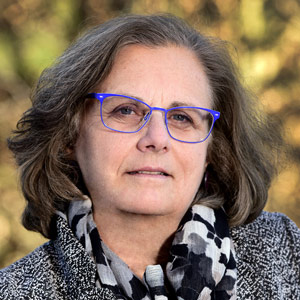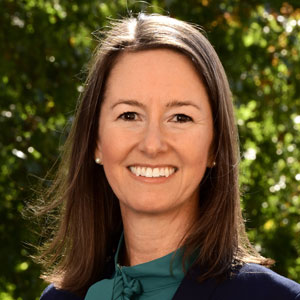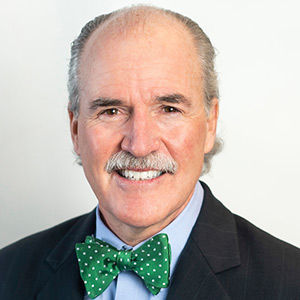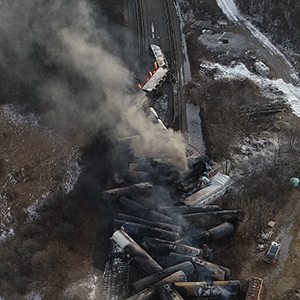The University of Washington (UW) hosted the 2022 Disaster Research Response (DR2) workshop in Seattle, Aug. 9-11, sponsored in part by NIEHS. Representatives from academia, the private sector, Pacific Northwest tribes, and community-based groups — as well as government personnel across local, state, and federal levels — gathered at UW to examine regional capacity to inform and conduct disaster research.
Washington is increasingly experiencing the impacts of climate change, such as growing threats from wildfires and extreme heat waves. Located along the Cascadia Subduction Zone, the state also has significant earthquake and tsunami risks, giving the participants much to discuss and learn during the course of the three-day workshop.
Building partnerships, developing priorities
The DR2 Planning Committee team, led by Nicole Errett, Ph.D., of the UW Department of Environmental and Occupational Health Sciences, worked throughout the COVID-19 pandemic to bring together representatives from across the state and globe. Through those efforts, they shared related research and found opportunities for future collaboration, including building partnerships and co-developing research priorities in impacted communities.
 Errett welcomed workshop participants. (Photo courtesy of Dylan Williams)
Errett welcomed workshop participants. (Photo courtesy of Dylan Williams)Nearly 100 experts convened at the workshop to hear presentations about institutional review board (IRB) disaster preparedness and lessons learned during the COVID-19 pandemic (IRBs ensure that research involving human participants protects human rights and welfare, and meets strict ethical standards); the use of implementation science to improve uptake of evidence-informed approaches in public health emergency preparedness and response practice; and the need for coordinated and collaborative public health disaster research response.
Aubrey Miller, M.D., NIEHS DR2 program lead and deputy director of the Office of Science, Coordination, Planning, and Evaluation (SCOPE), opened the workshop. “The research discussed here, in part, is done through funding across our federal family, but we must improve our capacity to leverage those resources and expertise in times of crises because once something happens, it’s already too late,” he said.
Elizabeth Maly, Ph.D., of the International Research Institute of Disaster Risk Science at Tohoku University in Sendai, Japan, reiterated that sentiment.
“Productive collaborations are nothing without trust, and that trust must be built organically and through established partnerships made at workshops like these,” she said.
RAPID technology
Collecting perishable data following disasters poses unique challenges. Planners must account for costs of and access to equipment for data collection, the need for research coordination after the disaster event, and ethical considerations surrounding reconnaissance research. The National Science Foundation (NSF)-funded Natural Hazard and Disaster Reconnaissance (RAPID) Facility at UW seeks to help researchers rise to meet such challenges.
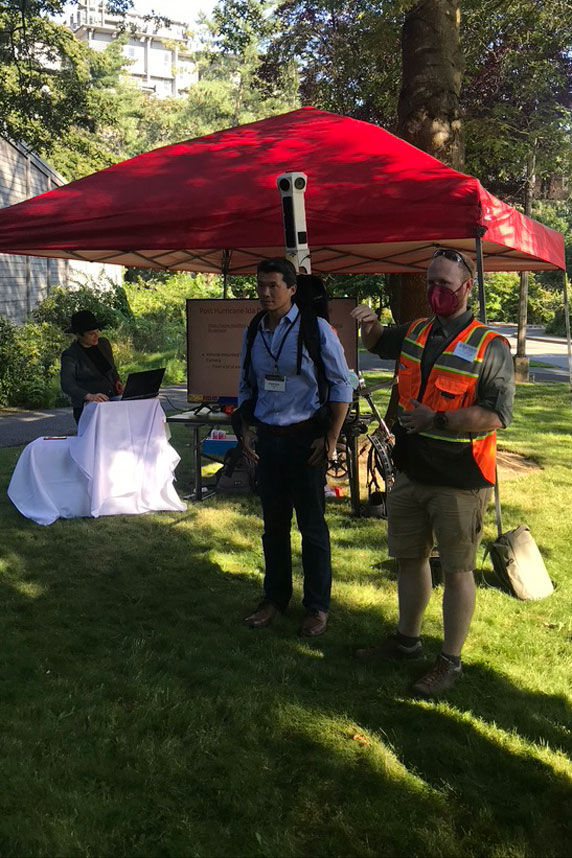 Richard Kwok, Ph.D., SCOPE program director and NIEHS DR2 program co-lead, modeled the RAPID Facility’s street view camera and backpack mount. (Photo courtesy of Dylan Williams)
Richard Kwok, Ph.D., SCOPE program director and NIEHS DR2 program co-lead, modeled the RAPID Facility’s street view camera and backpack mount. (Photo courtesy of Dylan Williams)
The workshop included an overview of the RAPID Facility, led by facility director Joseph Wartman, Ph.D., and facility operations specialist Jaqueline Zdebski, as well as a demonstration of the RApp mobile application, street view-type mobile imaging systems, uncrewed aerial systems (drones), and easy-to-use terrestrial lidar systems.
RApp, a tablet and mobile (which will soon be iPhone-enabled) reconnaissance resource provided by the RAPID Facility, integrates research planning and coordination, data collection, and data management into a single package with a customizable interface. RApp allows users to collect data through questionnaires, photos, videos, checklists, scans, and more, which are then automatically synced to NSF’s DesignSafe cyberinfrastructure data repository.
Also included in the RAPID Facility repository are street view camera systems with car and backpack mounts that can capture and collect 360-degree imagery data that are then processed in-house at the facility. Data are then archived on DesignSafe and made accessible to the wider research community after taking actions to protect privacy (such as facial and license plate blurring).
“We designed our tools with the users in mind, meaning you will not need an engineer on your team to control these devices,” said Jeffrey Berman, Ph.D., the site operations director of the RAPID Facility.
Lessons from tribal partners
Workshop participants were invited to visit the Duwamish Tribe’s Longhouse and Cultural Center. The tribe, native to the Duwamish River Valley, has been an active participant in the ecological restoration of the Duwamish River, a federal Superfund site, and has collaborated on local environmental health research.
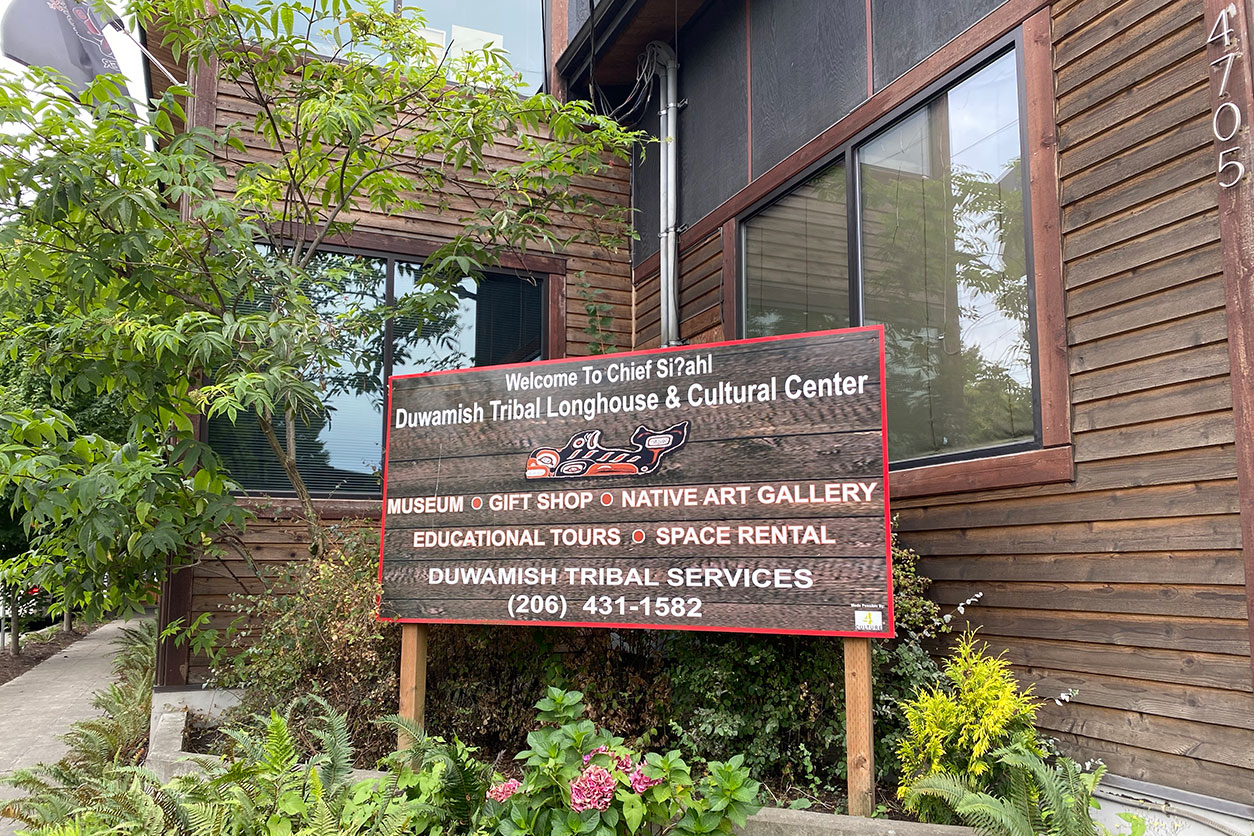 Welcome sign for the Duwamish Tribe’s Longhouse and Cultural Center, along the banks of the Duwamish River in southern Seattle. (Photo courtesy of Betsy Galluzzo)
Welcome sign for the Duwamish Tribe’s Longhouse and Cultural Center, along the banks of the Duwamish River in southern Seattle. (Photo courtesy of Betsy Galluzzo)Cynthia Updegrave, a member of the UW Department of American Indian Studies, led the group through həʔapus Village Park (pronounced “ha-ah-poos”) while discussing the Duwamish River Community Coalition (DRCC) partnership with the UW EDGE Center to inform response efforts to COVID-19.
“During the [COVID-19] pandemic, DRCC had youth in the community going around asking people what they needed and what they had, and we reached a lot of people,” she said. “The teens we worked with were able to be hands-on, frontline support when reacting to this disaster.”
Building community resilience
Workshop planning also prompted several collaborative research projects, including one focused in Seattle’s Duwamish Valley aimed at building resilience through locally tailored strategies. That project, the Seattle Assessment of Public Health Emergency Response (SASPER), is a collaboration among UW, DRCC, the Duwamish Valley Youth Corps, City of Seattle Office of Sustainability and Environment, Public Health – Seattle & King County, and the Washington Department of Health. Valley residents have sought assistance for decades to redress environmental justice issues that persist in the area.
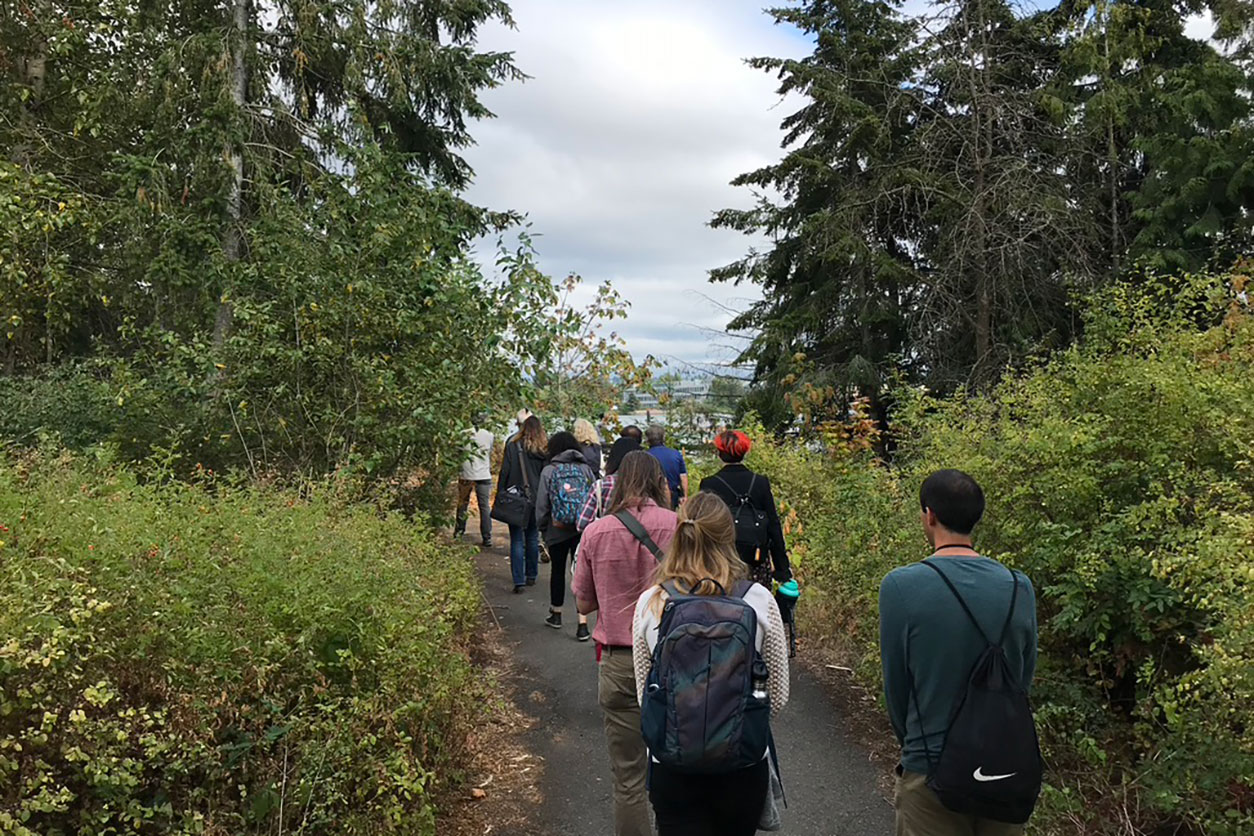 Workshop participants walk through həʔapus Village Park, an archaeological and cultural site where a Duwamish tribal village was once located. (Photo courtesy of Dylan Williams)
Workshop participants walk through həʔapus Village Park, an archaeological and cultural site where a Duwamish tribal village was once located. (Photo courtesy of Dylan Williams)Building on a similar approach by the Centers for Disease Control and Prevention, SASPER will collect information at a household level to inform future climate change and disaster preparedness efforts, among other public health initiatives.
Alberto Rodríguez of Seattle’s Office of Sustainability and Environment underscored the community engagement that catalyzed the SASPER process and shifted the discussion into considering the impact of climate change as a social determinant of health. He reported that community voices have been integral in determining what types of questions should be included in the assessment, which critical resources are lacking, and where financial support will be most beneficial.
The session’s panelists agreed that shared respect and understanding across academia, government, and community have made the SASPER initiative productive — underscoring the importance of collaborative science that also serves the communities at the heart of the research. Jamie Vickery, Ph.D., a UW research scientist, workshop planning committee leader, and member of the SASPER team, noted, “The planning process has fostered important discussions for how we, as researchers, can effectively and intentionally work with and learn from communities and key partners to advance actionable disaster research.”
(Dylan Williams is a research analyst for MDB Inc., a contractor for the NIEHS DR2 Program.)





